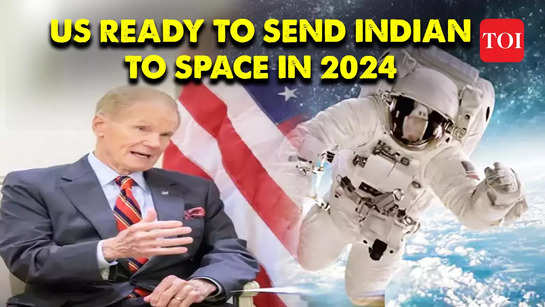[ad_1]
This particular black hole, known as Sagittarius A*, lies at the centre of our galaxy and has been observed to spin rapidly, inducing alterations in the fabric of space and time surrounding it.
To comprehend this phenomenon, it is essential to consider space-time as the fourth dimension—a fusion of three-dimensional space and one-dimensional time. The curvature of this space-time fabric is observed in response to massive celestial bodies.
NASA‘s Chandra X-Ray Observatory played a pivotal role in discovering this black hole situated 26,000 light years away from Earth. Employing this telescope, scientists detected X-ray emissions from the hot regions surrounding the black hole. A team of physicists conducted the observation.
To assess the rotational speed of the black hole, researchers utilized a method involving the analysis of radio waves and X-rays emitted by the material around the black hole, commonly referred to as the accretion disk. This approach is analogous to observing the flow of water around a drain to determine the speed inside the drain. The findings, documented in the Monthly Notices of the Royal Astronomical Society, detailed the rotational speed of Sagittarius A*.
The scientists revealed that the black hole is spinning at an extraordinary rate, resulting in the Lens-Thirring effect, also known as “frame dragging.” This effect is comparable to a whirlwind in space.
Ruth Daly, a physics professor at Penn State University, explained that the observed effect occurs due to the dragging of space-time by the immensely powerful black hole, capable of both rotation and distortion of the space-time curve.
Addressing concerns about the impact of the space-time curve, Daly, after studying more than 750 supermassive black holes in 2019, emphasized that there is no need to worry about alterations in space-time. Instead, she highlighted the significance of shedding light on this phenomenon for astronomers to enhance their understanding. Daly likened the appearance of the space-time curves to a football, offering a distorted version of our observed reality.
Finally, she reassured us that while there is no cause for concern regarding the effects on our lives, illuminating this phenomenon holds value for astronomers.

